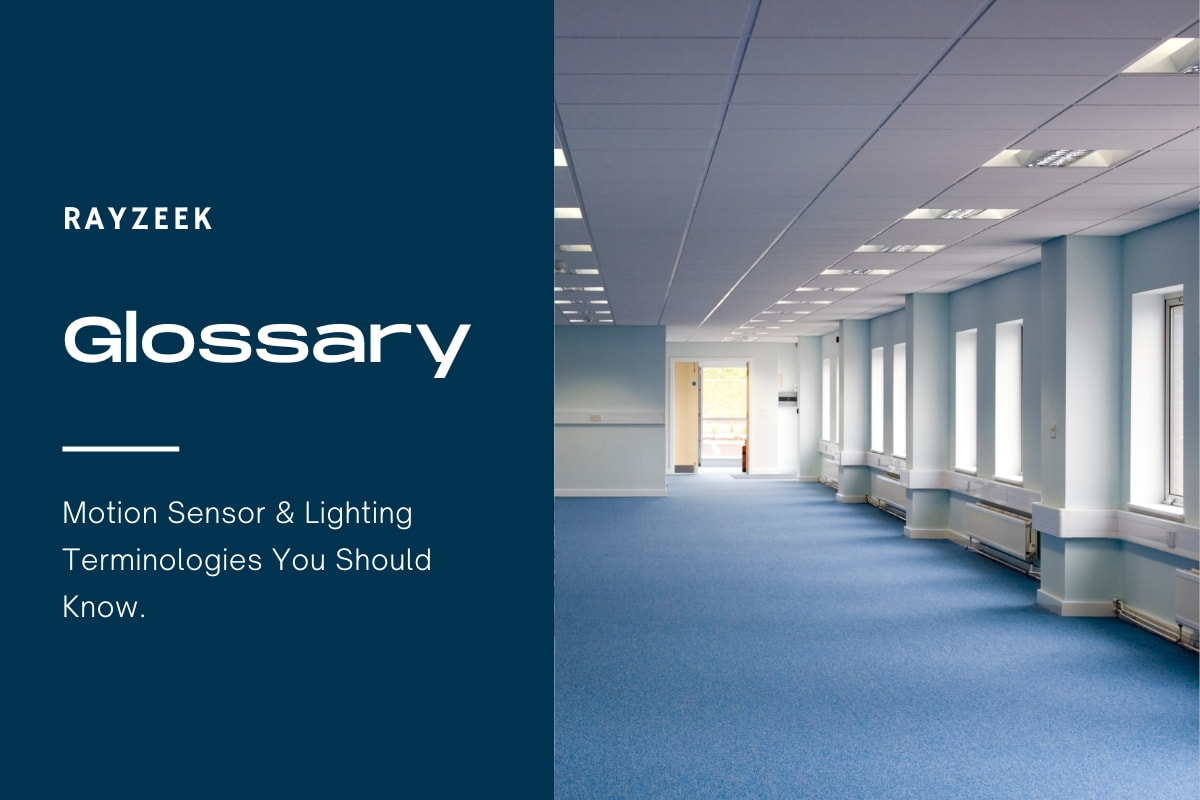What is Beam Angle
Beam angle is the angular measurement that determines the width of the light beam emitted from a light source. It is a crucial factor in lighting design as it directly influences the distribution and direction of light. The beam angle is typically measured in degrees and represents the angle at which the intensity of light emitted from a lighting fixture is 50% of the maximum intensity. A narrower beam angle results in a more focused and concentrated beam of light, while a wider beam angle provides a broader coverage and a more diffused light. By adjusting the beam angle, users can control the direction and distribution of light, allowing them to highlight specific areas or objects in a space. This makes it a valuable tool in achieving the desired lighting effect, especially in large spaces where precise light control is necessary.
Beam angle is not the same as beam spread. While beam angle refers to the width of the light beam, beam spread refers to the area that is illuminated by the light beam. The beam spread is influenced by the beam angle, but it also depends on other factors such as the distance between the light source and the illuminated surface.
Get Inspired by Rayzeek Motion Sensor Portfolios.
Doesn't find what you want? Don't worry. There are always alternate ways to solve your problems. Maybe one of our portfolios can help.









